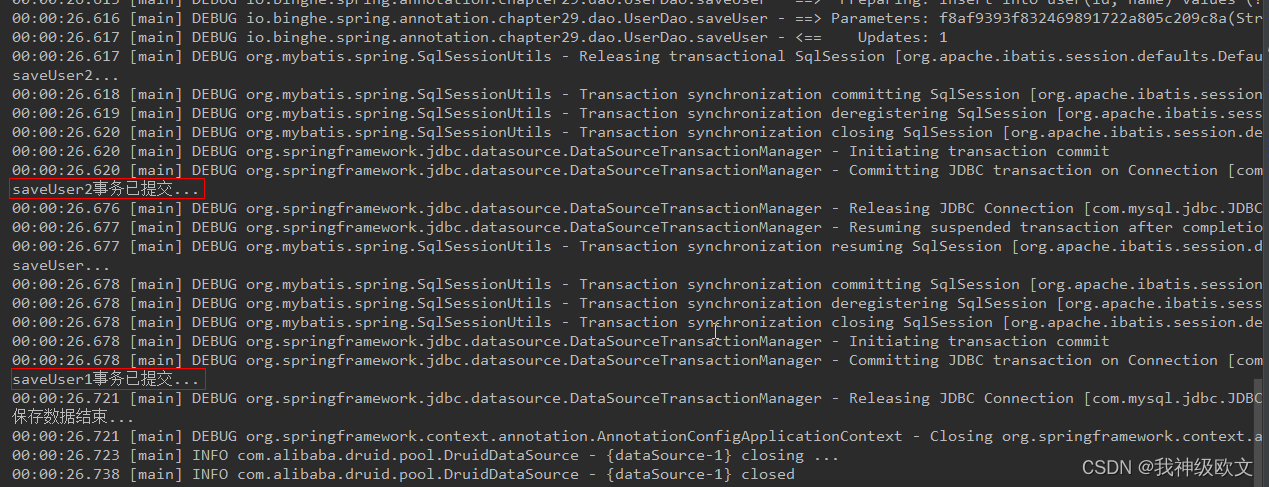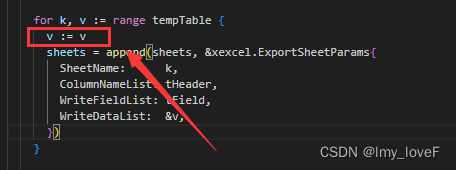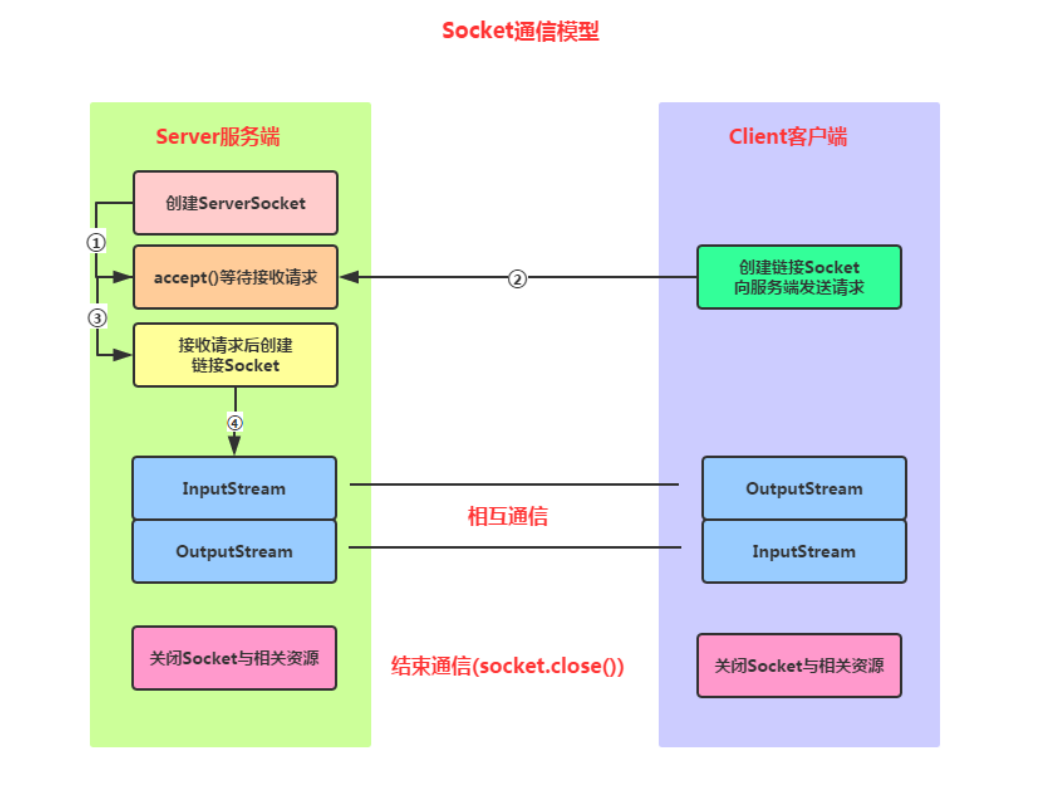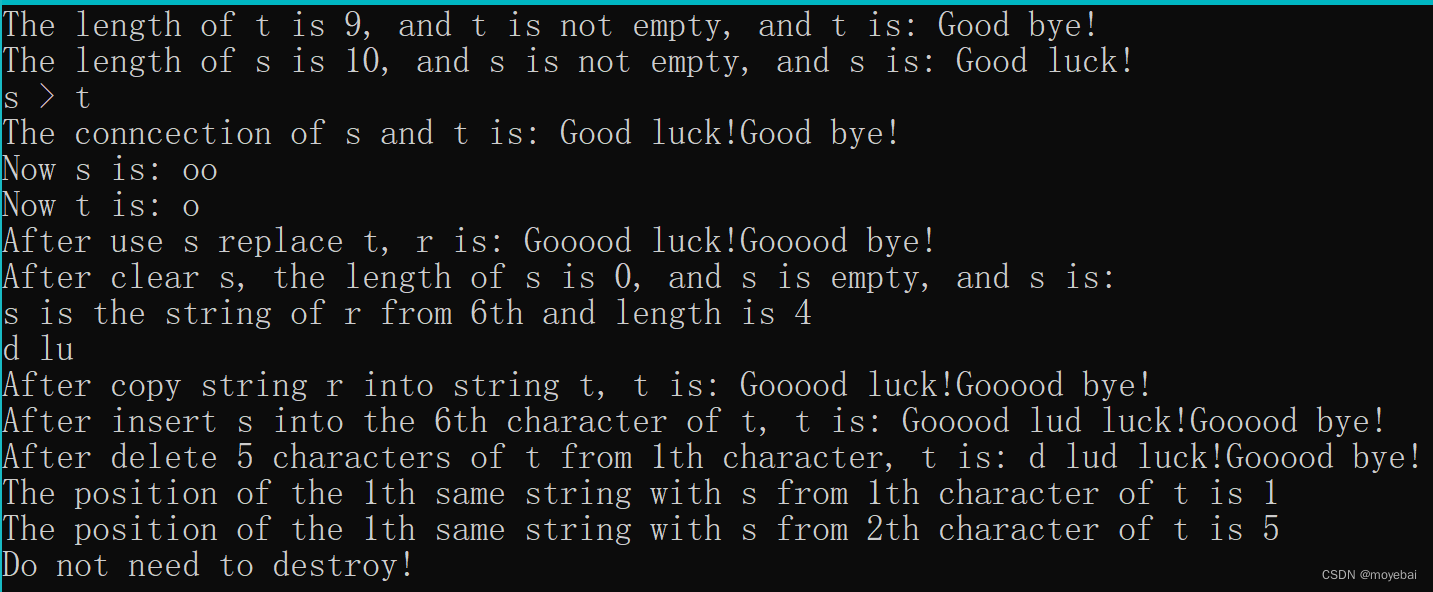引言
在很多经典网络结构中都有nn.Parameter()这个函数,故对其进行了解
pytorch官方介绍:

语法结构:
torch.nn.parameter.Parameter(data=None, requires_grad=True)
"""
data (Tensor) – parameter tensor. —— 输入得是一个tensor。
requires_grad (bool, optional) – if the parameter requires gradient. See Locally disabling gradient computation for more details。
Default: True —— 这个不用解释,需要注意的是nn.Parameter()默认有梯度。
"""
torch.nn.Parameter继承torch.Tensor,其作用将一个不可训练的类型为Tensor的参数转化为可训练的类型为parameter的参数,并将这个参数绑定到module里面,成为module中可训练的参数。
torch.nn.Parameter(Tensor data, bool requires_grad)
其中:data为传入Tensor类型参数,requires_grad默认值为True,表示可训练,False表示不可训练。
以nn.Linear为例:
class Linear(Module):
r"""Applies a linear transformation to the incoming data: :math:`y = xA^T + b`
Args:
in_features: size of each input sample
out_features: size of each output sample
bias: If set to ``False``, the layer will not learn an additive bias.
Default: ``True``
Shape:
- Input: :math:`(N, *, H_{in})` where :math:`*` means any number of
additional dimensions and :math:`H_{in} = \text{in\_features}`
- Output: :math:`(N, *, H_{out})` where all but the last dimension
are the same shape as the input and :math:`H_{out} = \text{out\_features}`.
Attributes:
weight: the learnable weights of the module of shape
:math:`(\text{out\_features}, \text{in\_features})`. The values are
initialized from :math:`\mathcal{U}(-\sqrt{k}, \sqrt{k})`, where
:math:`k = \frac{1}{\text{in\_features}}`
bias: the learnable bias of the module of shape :math:`(\text{out\_features})`.
If :attr:`bias` is ``True``, the values are initialized from
:math:`\mathcal{U}(-\sqrt{k}, \sqrt{k})` where
:math:`k = \frac{1}{\text{in\_features}}`
Examples::
>>> m = nn.Linear(20, 30)
>>> input = torch.randn(128, 20)
>>> output = m(input)
>>> print(output.size())
torch.Size([128, 30])
"""
__constants__ = ['in_features', 'out_features']
def __init__(self, in_features, out_features, bias=True):
super(Linear, self).__init__()
self.in_features = in_features
self.out_features = out_features
self.weight = Parameter(torch.Tensor(out_features, in_features))
if bias:
self.bias = Parameter(torch.Tensor(out_features))
else:
self.register_parameter('bias', None)
self.reset_parameters()
def reset_parameters(self):
init.kaiming_uniform_(self.weight, a=math.sqrt(5))
if self.bias is not None:
fan_in, _ = init._calculate_fan_in_and_fan_out(self.weight)
bound = 1 / math.sqrt(fan_in)
init.uniform_(self.bias, -bound, bound)
def forward(self, input):
return F.linear(input, self.weight, self.bias)
def extra_repr(self):
return 'in_features={}, out_features={}, bias={}'.format(
self.in_features, self.out_features, self.bias is not None
)
注解:
- 在__init__(self, in_features, out_features,
bias=True)中初始化两个参数:self.weight和self.bias。 - self.weight = Parameter(torch.Tensor(out_features,
in_features))定义一个形状为(out_features, in_features)可训练参数。 - self.bias同理。
- 与torch.tensor([1,2,3],requires_grad=True)的区别,这个只是将参数变成可训练的,并没有绑定在module的parameter列表中。



















![[JAVAee]spring-Bean对象的执行流程与生命周期](https://img-blog.csdnimg.cn/b0f5481691db4660ba22ffcace54a445.png)